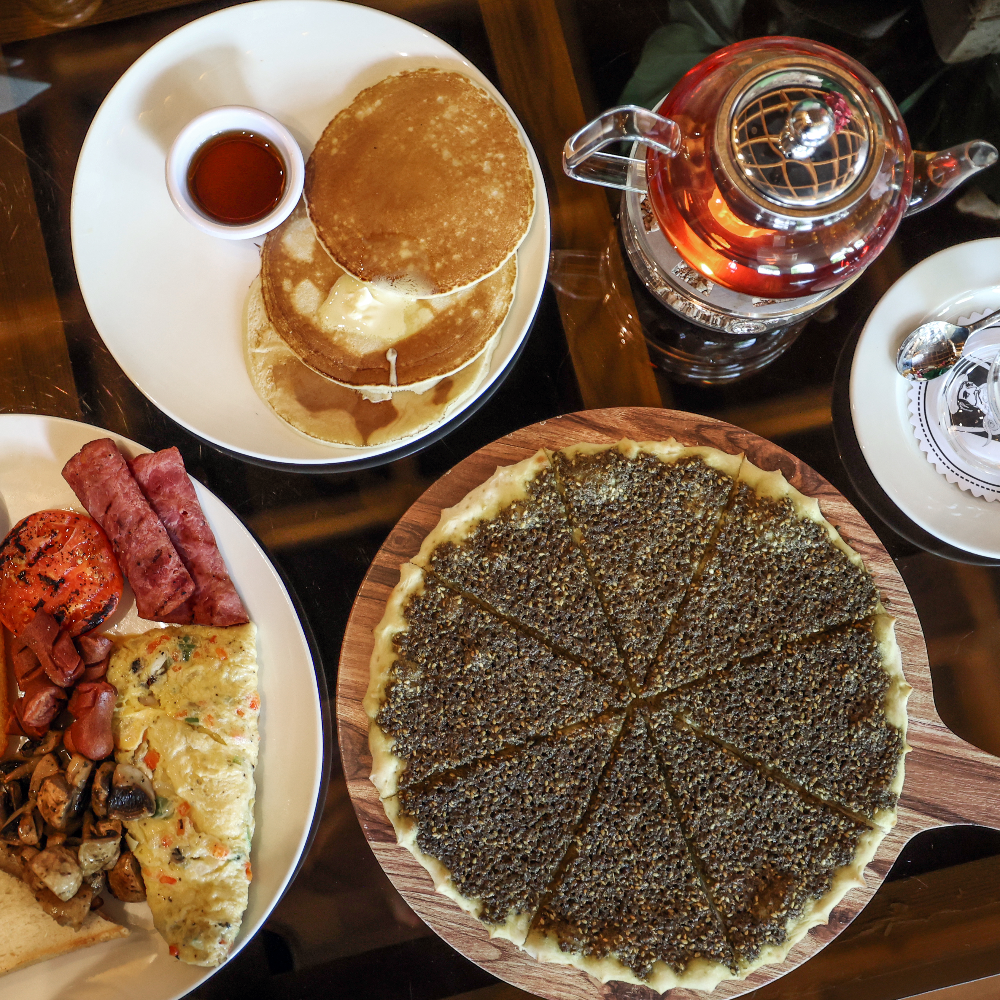
Tala Bay authentic Jordanian cuisine
Nestled on the stunning shores of the Red Sea, Tala Bay is not only known for its picturesque landscapes and luxurious resorts but also for its rich cultural heritage, which is deeply reflected in its authentic Jordanian cuisine. Emphasizing fresh ingredients and traditional cooking methods, the culinary offerings in Tala Bay provide an unforgettable experience for both locals and tourists. This essay will explore the essence of Jordanian cuisine as showcased in Tala Bay, highlighting its historical influences, key ingredients, and the communal dining culture that characterizes this vibrant culinary scene.
Historical Influences: A Blend of Cultures
Jordan's cuisine is an amalgamation of flavors and techniques that reflect its diverse history. Tala Bay serves as a microcosm of this rich culinary heritage. The region has been influenced by various cultures over centuries, including Bedouin, Ottoman, and Mediterranean societies. This confluence of traditions has resulted in dishes that are both unique and representative of the region's history. For instance, the famous dish of Mansaf, which consists of lamb cooked in yogurt sauce and served over rice or bulgur, is a testament to the Bedouin culture, emphasizing hospitality and generosity.
Key Ingredients: Freshness is Key
At the heart of Tala Bay’s authentic Jordanian cuisine is an emphasis on fresh and locally sourced ingredients. The Mediterranean climate provides an abundance of vegetables, fruits, and herbs, which play a crucial role in the preparation of various dishes. Staples such as olive oil, garlic, and za'atar (a blend of thyme, oregano, and sesame seeds) are commonly used, infusing dishes with robust flavors.
Among the most beloved ingredients is za'atar, which enhances the taste of many dishes, from grilled meats to salads. The region's seafood, particularly saltwater fish, is a highlight of Tala Bay's gastronomic offerings. Freshly caught fish is often grilled or seasoned with local spices, showcasing the coastal elements of Jordanian cuisine. Additionally, the use of lamb and chicken, often marinated in yogurt and spices, reflects the region’s agricultural heritage and dedication to traditional cooking methods.
Community and Dining Culture: The Table as a Gathering Space
In Tala Bay, dining is more than just a meal; it is a communal event that strengthens bonds among families and friends. Traditional Jordanian meals often revolve around the sharing of dishes, where multiple plates are placed on the table for everyone to enjoy. This communal style of eating encourages social interaction and reflects a cultural value of hospitality.
One cannot forget the unique tradition of "maqluba," a dish that literally means "upside down." This hearty meal, made with rice, vegetables, and either chicken or lamb, is often prepared in large pots and served during family gatherings, symbolizing unity and togetherness. The act of turning the pot upside down to serve signifies abundance and sharing, not only of food but of joy and celebration.
Authentic Jordanian cuisine, as experienced in Tala Bay, is a flavorful journey that connects visitors with the rich cultural tapestry of the region. From the rich history that influences the recipes to the commitment to fresh ingredients, and the communal dining ethos, every aspect of the culinary experience adds depth and meaning. Tala Bay stands as a testament to the beauty of Jordanian cuisine, inviting all to explore its diverse flavors and embrace the warmth of its culture.